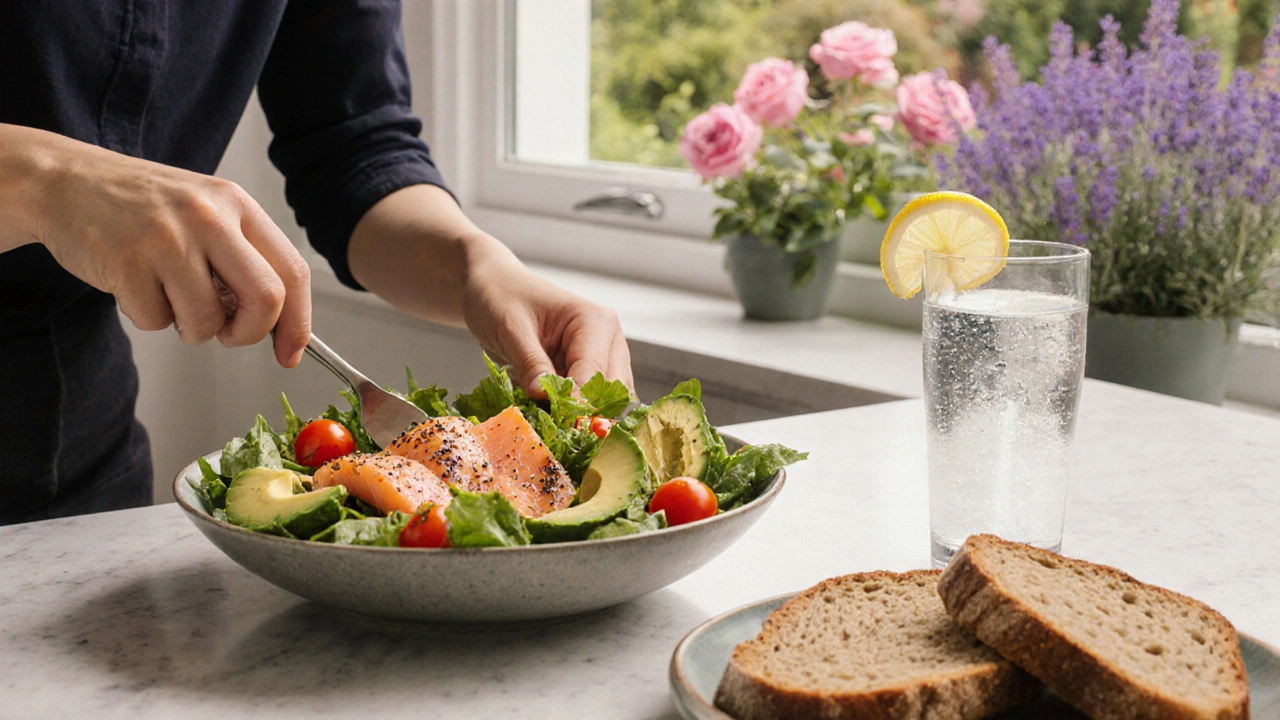Nutrition Guide: Simple Steps for a Healthy Dog
Ever wonder why some dogs seem full of energy while others are sluggish? It usually comes down to what’s in their bowl. A balanced diet gives your pup the fuel it needs for play, growth, and a shiny coat. Below you’ll find practical, no‑fluff advice that works for most dogs, whether you shop at the grocery store or the pet aisle.
Choosing the Right Food
First thing’s first: read the label. Look for a product that lists a high‑quality protein (like chicken, fish, or lamb) as the first ingredient. Dogs need protein for muscle and immune support, so a list that starts with grain or filler isn’t ideal.
If you prefer dry kibble, pick a brand that balances protein, healthy fats, and fiber. Aim for around 18‑30% protein and 8‑15% fat, depending on your dog’s age and activity level. Puppies and active breeds usually need more calories; seniors do better with lower fat to keep weight in check.
Raw or home‑cooked meals can be great, but they require careful planning. Make sure you include a calcium source (like ground eggshell) and avoid toxic foods such as grapes, onions, and chocolate. A quick chat with your vet can help you fine‑tune portions.
Portion size matters. Use the feeding guide on the bag as a starting point, then adjust based on your dog’s body condition. Feel the ribs—there should be a thin layer of fat, not a bulge and not too thin.
Everyday Tips to Boost Nutrition
Adding a handful of veggies is a painless way to up fiber and vitamins. Carrots, green beans, and pumpkin are easy to mash and most dogs love the crunch. Remember to steam or cook hard vegetables to make them easier to digest.
Fresh fruit can serve as a low‑calorie treat. Blueberries, apple slices (no seeds), and banana pieces provide antioxidants without loading up on sugar. Keep treats under 10% of daily calories so you don’t undo the benefits of a balanced diet.
Omega‑3 fatty acids support skin, coat, and joint health. A spoonful of fish oil or a few pieces of oily fish a week does the trick. If you’re feeding commercial food, check if it already includes DHA/EPA to avoid overdoing it.
Hydration is often overlooked. Dogs should have clean water available at all times. Adding a splash of low‑sodium broth can encourage water intake, especially in older dogs who may drink less.
Lastly, keep an eye on weight. A quick weekly check—feeling the ribs and measuring waistline—will alert you to any unwanted changes. If you spot a shift, adjust portions or activity level before it becomes a health issue.
Feeding your dog well doesn’t have to be complicated. Pick a quality food, supplement with safe veggies and fruits, and stay mindful of portion sizes. Your dog will thank you with a wagging tail and a longer, healthier life.

Healthy Diet Essentials for a Vibrant Life
Discover how a healthy diet fuels energy, prevents disease, and supports a vibrant life with practical tips, food choices, and expert guidance.

10 Things You Didn't Know About Hammam
Sep, 7 2023

Amma Massage: A Journey to Inner Peace
Oct, 24 2023


